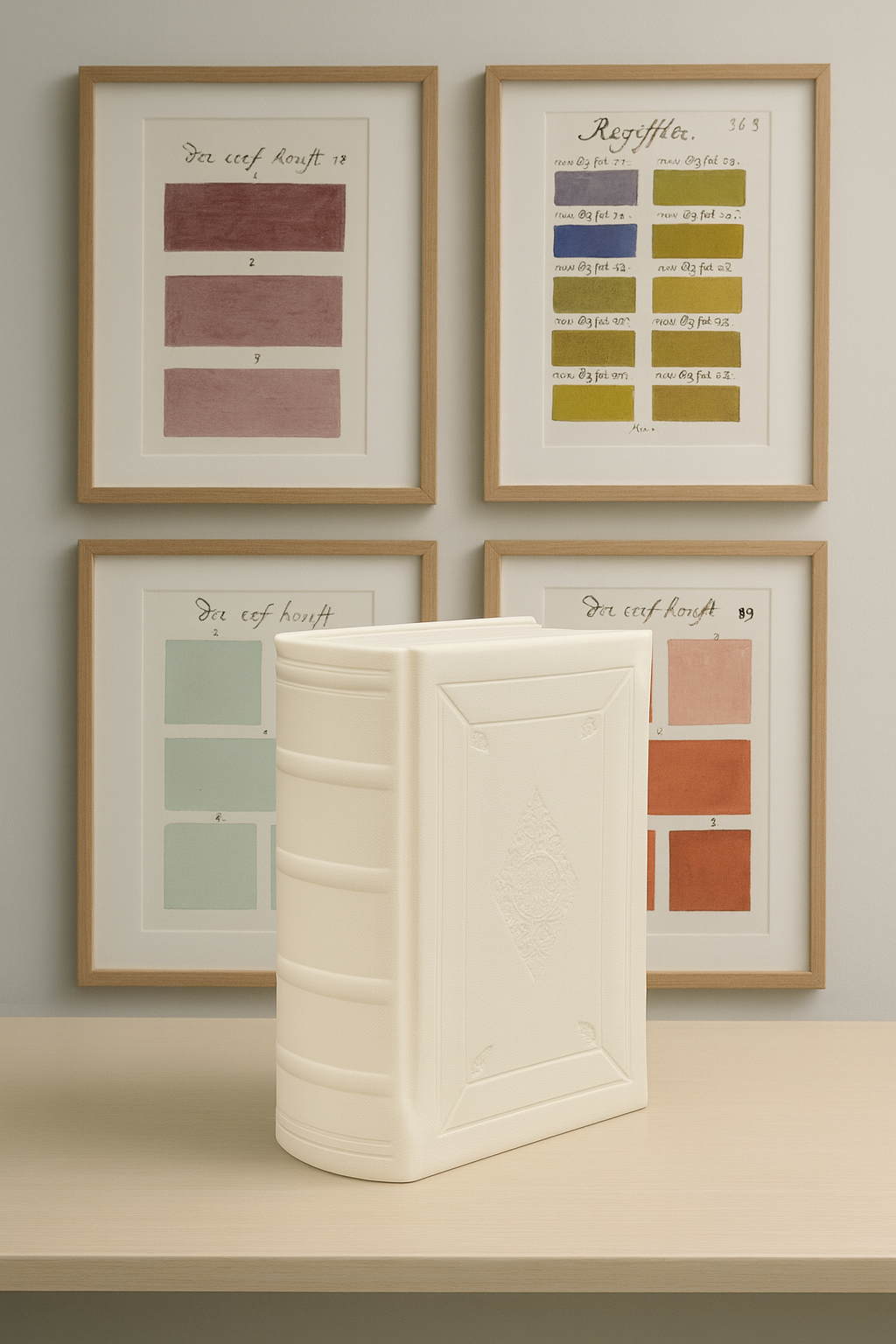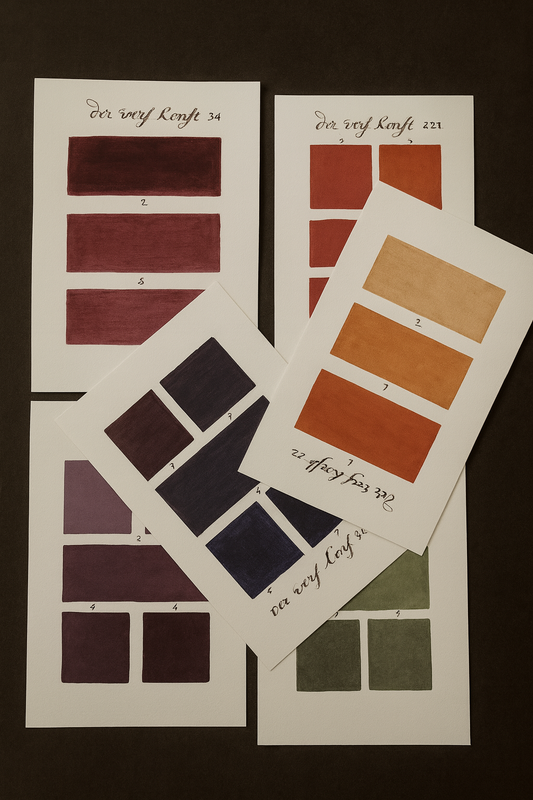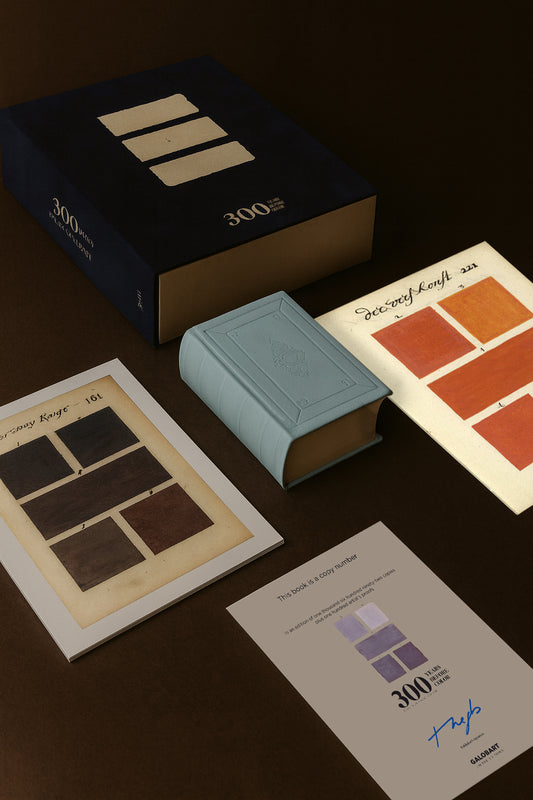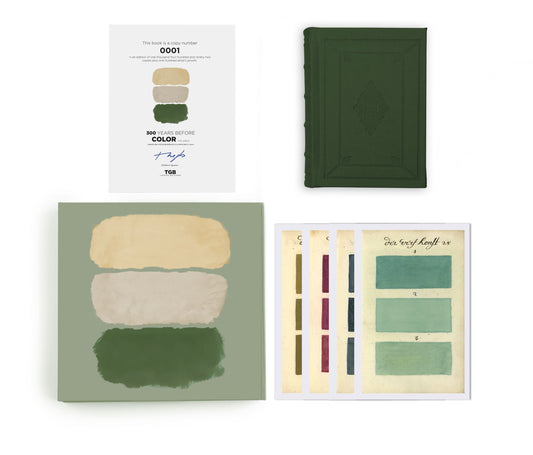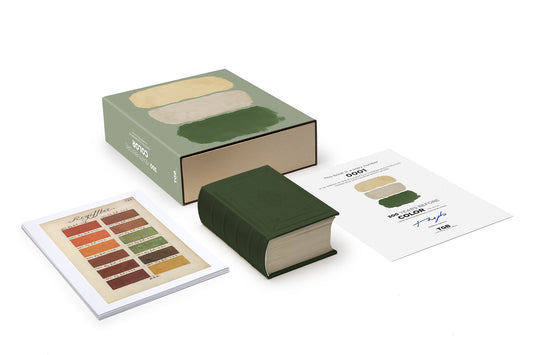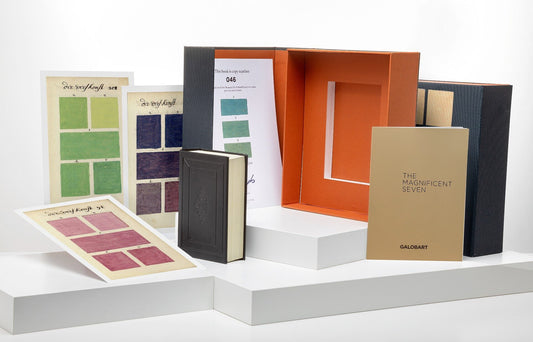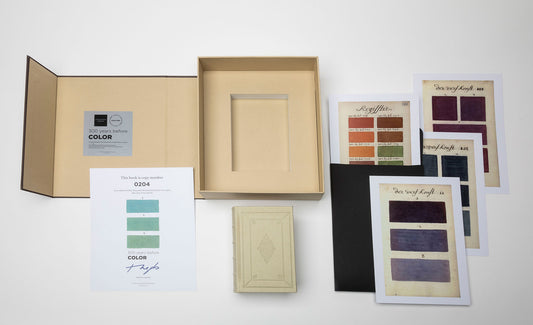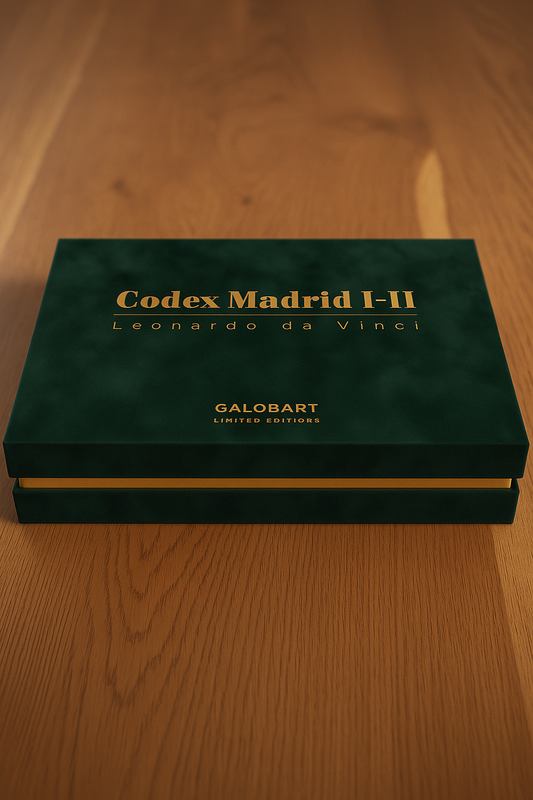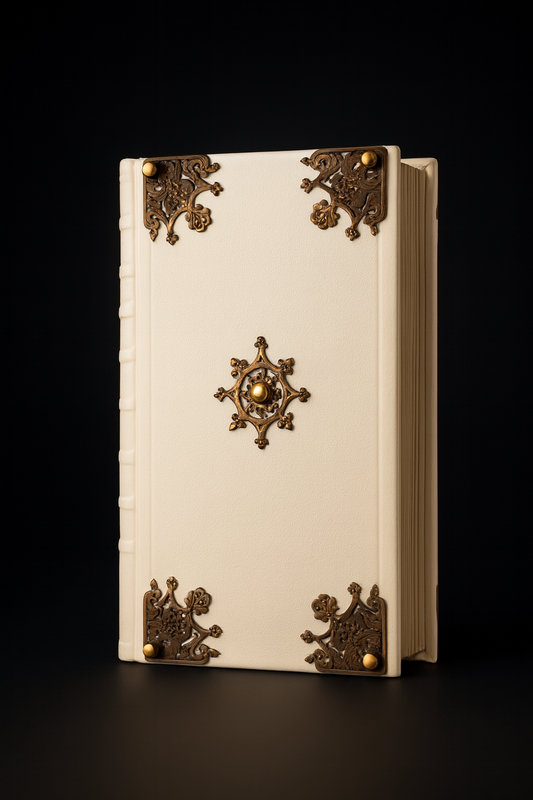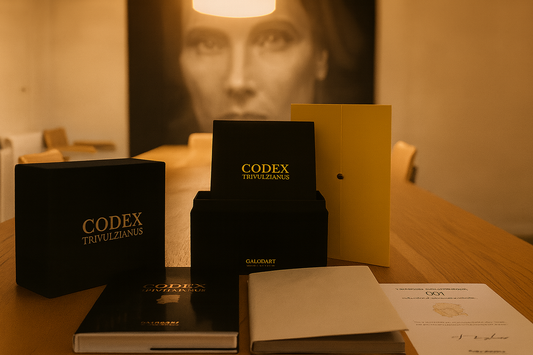COLLECTOR'S EDITION
MASTERS OF COLOR*
The two most important facsimile editions on color in English.
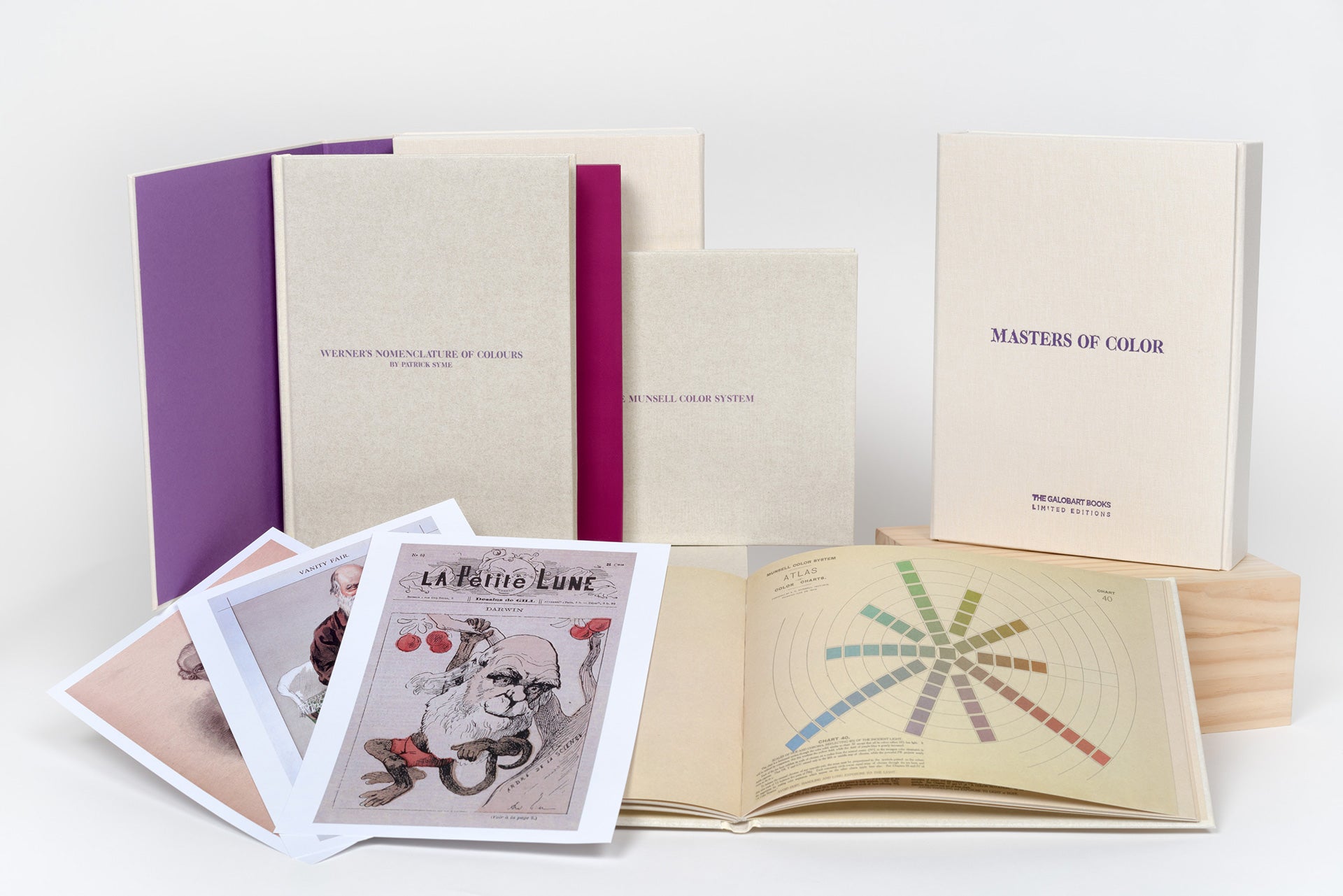
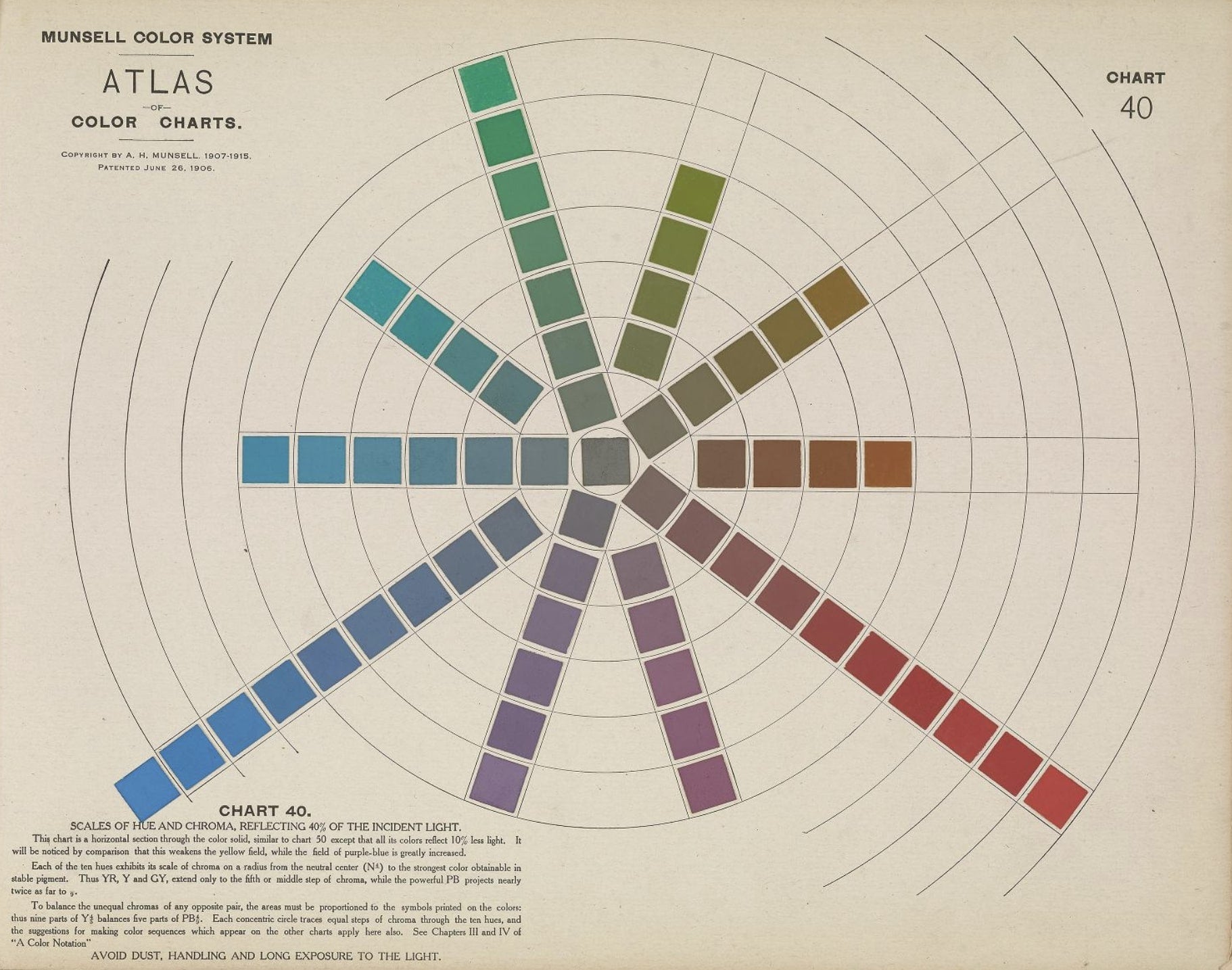
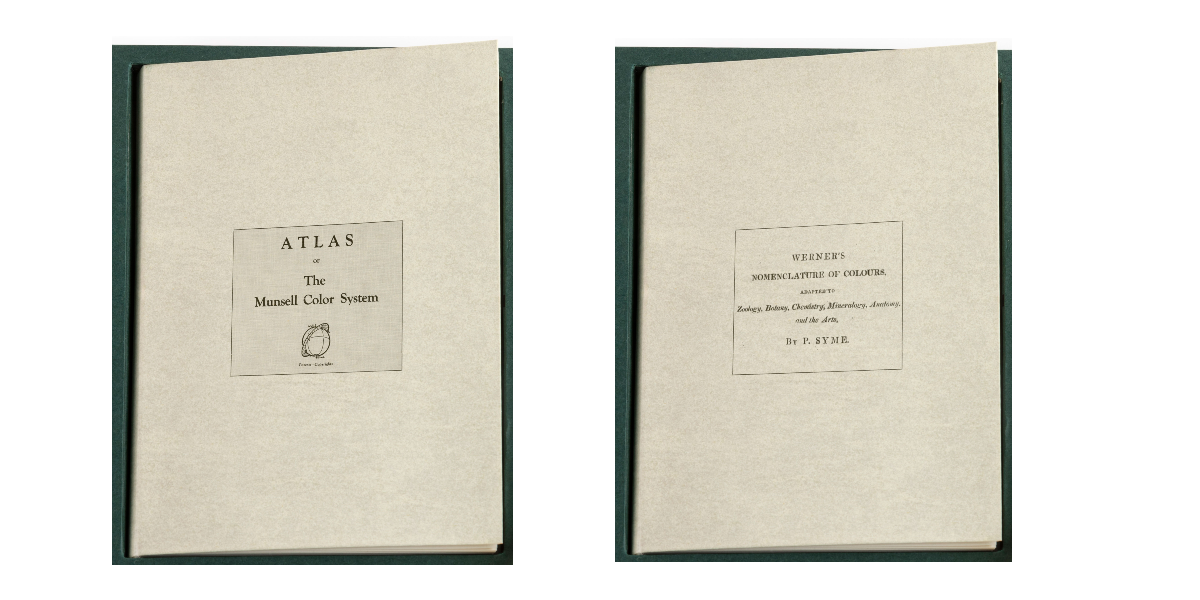
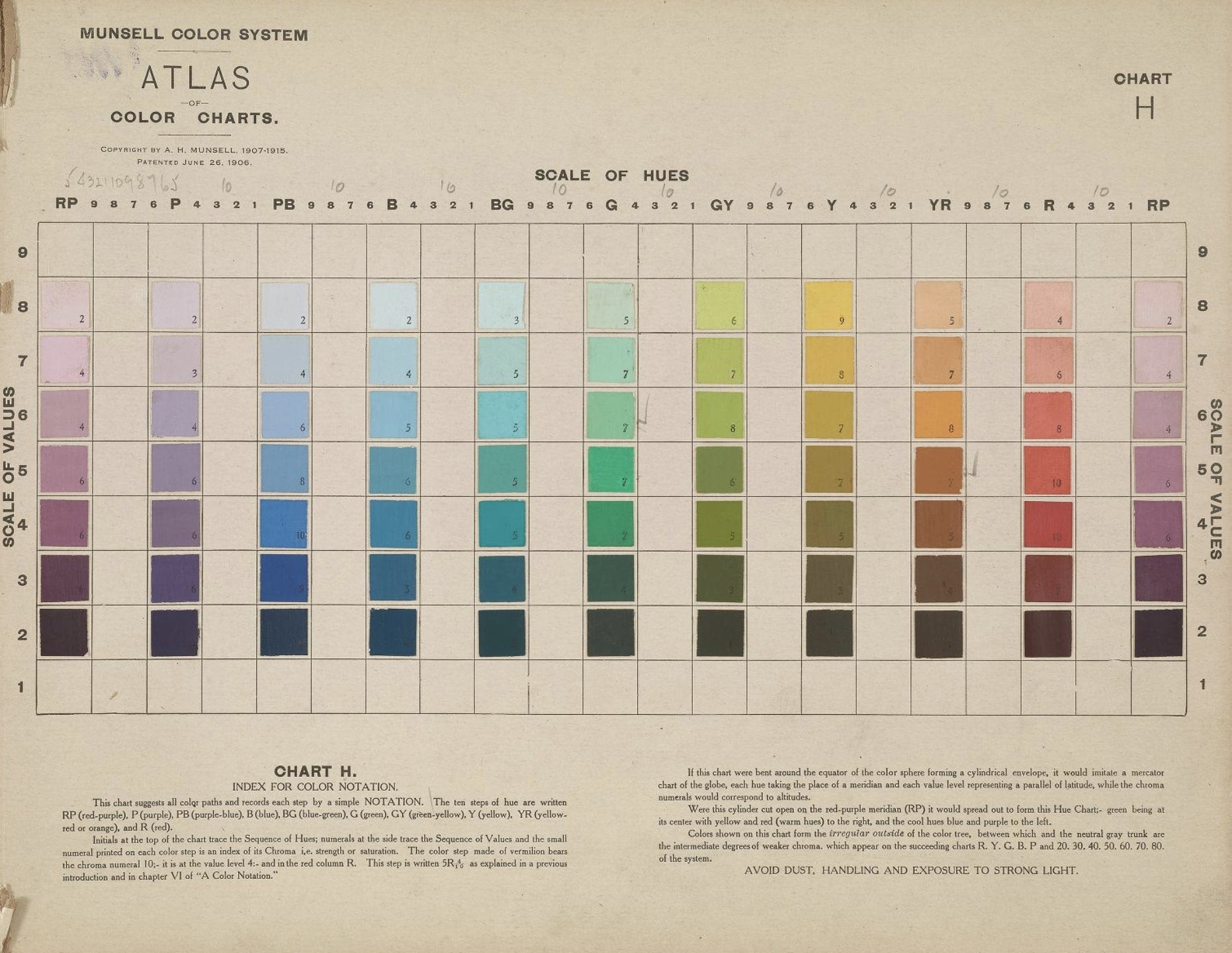
Masters Of Color - Collector's Edition
Masters Of Color - Collector's Edition
The two most important facsimile editions on color in English.
Secure and trusted checkout with
Couldn't load pickup availability
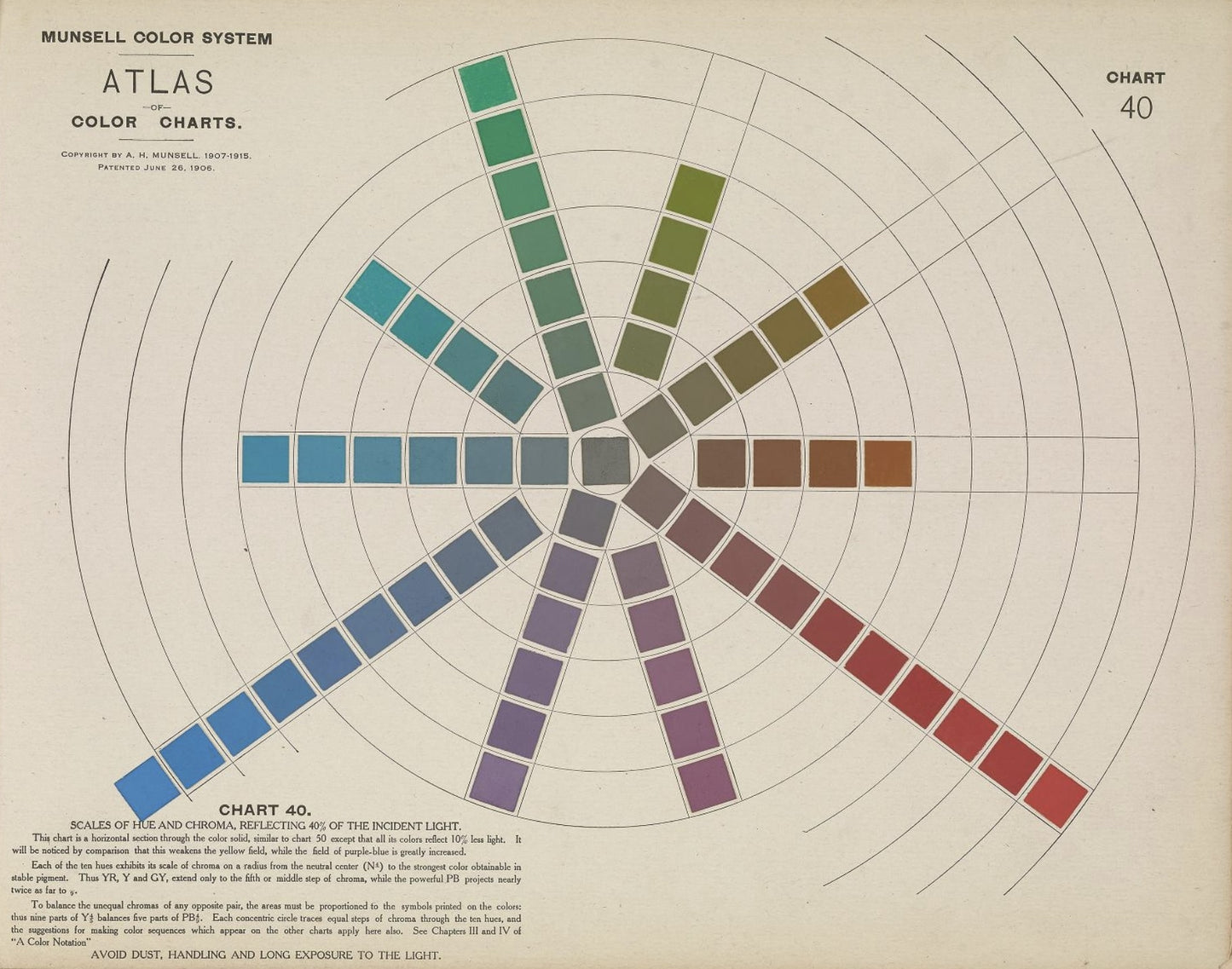
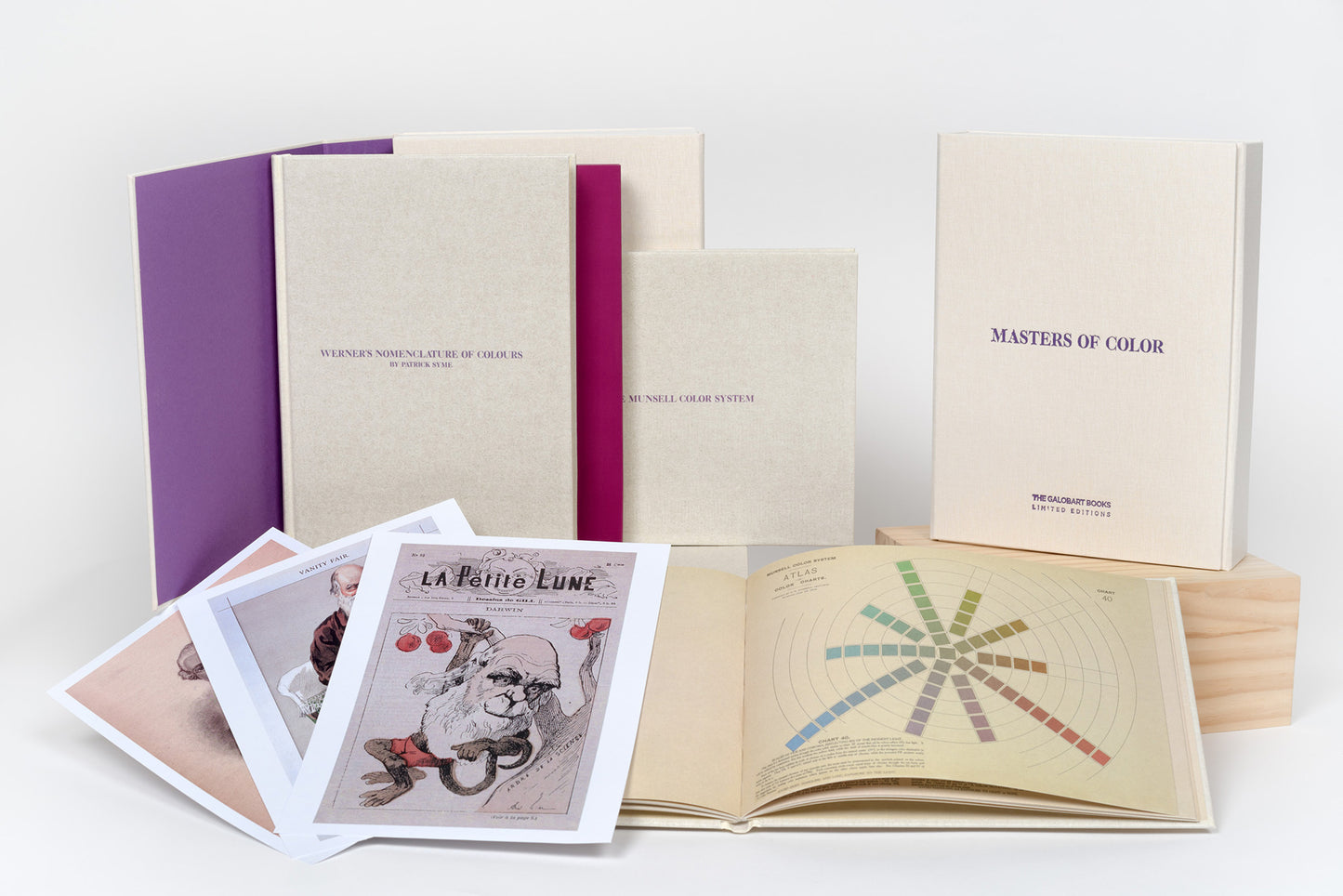

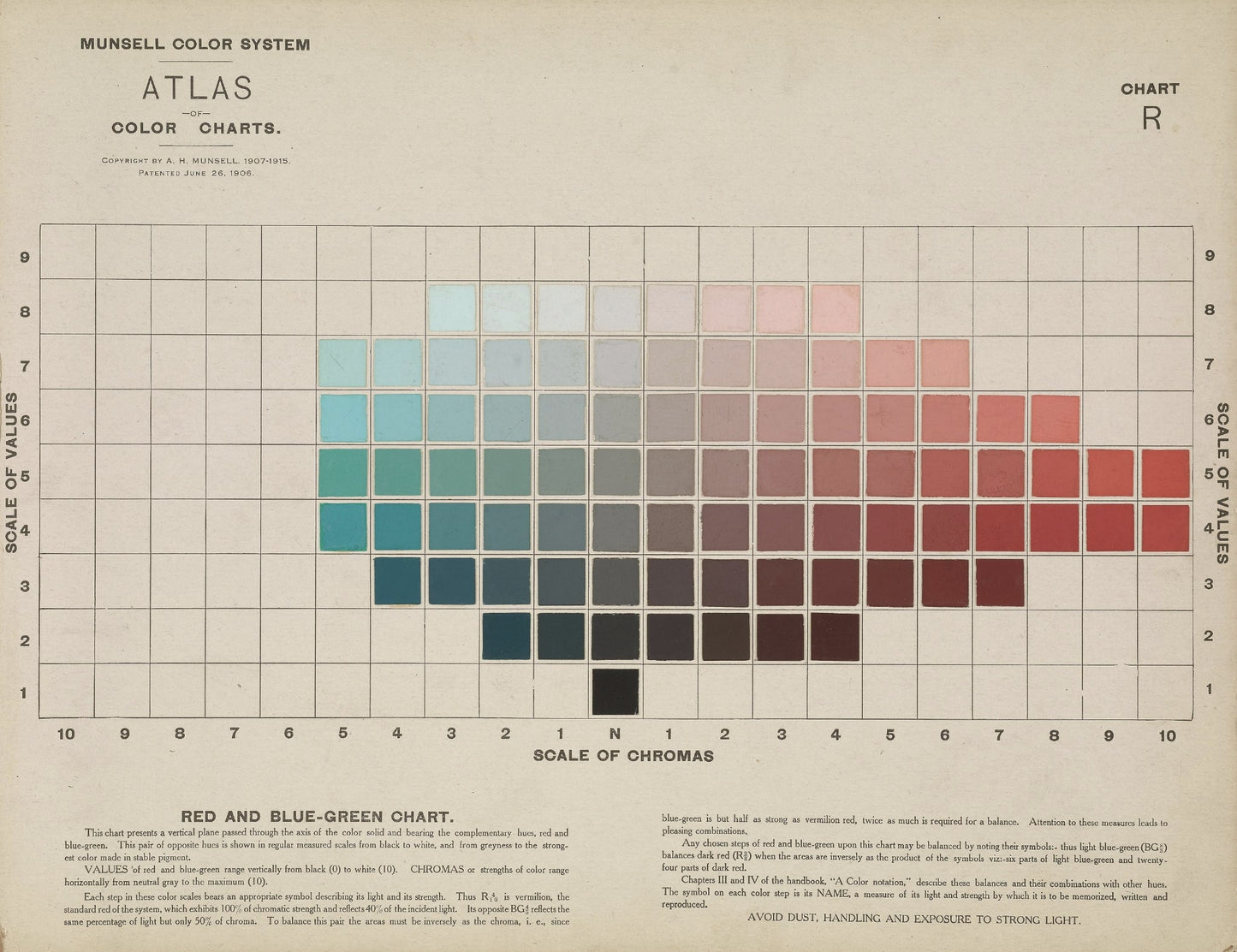
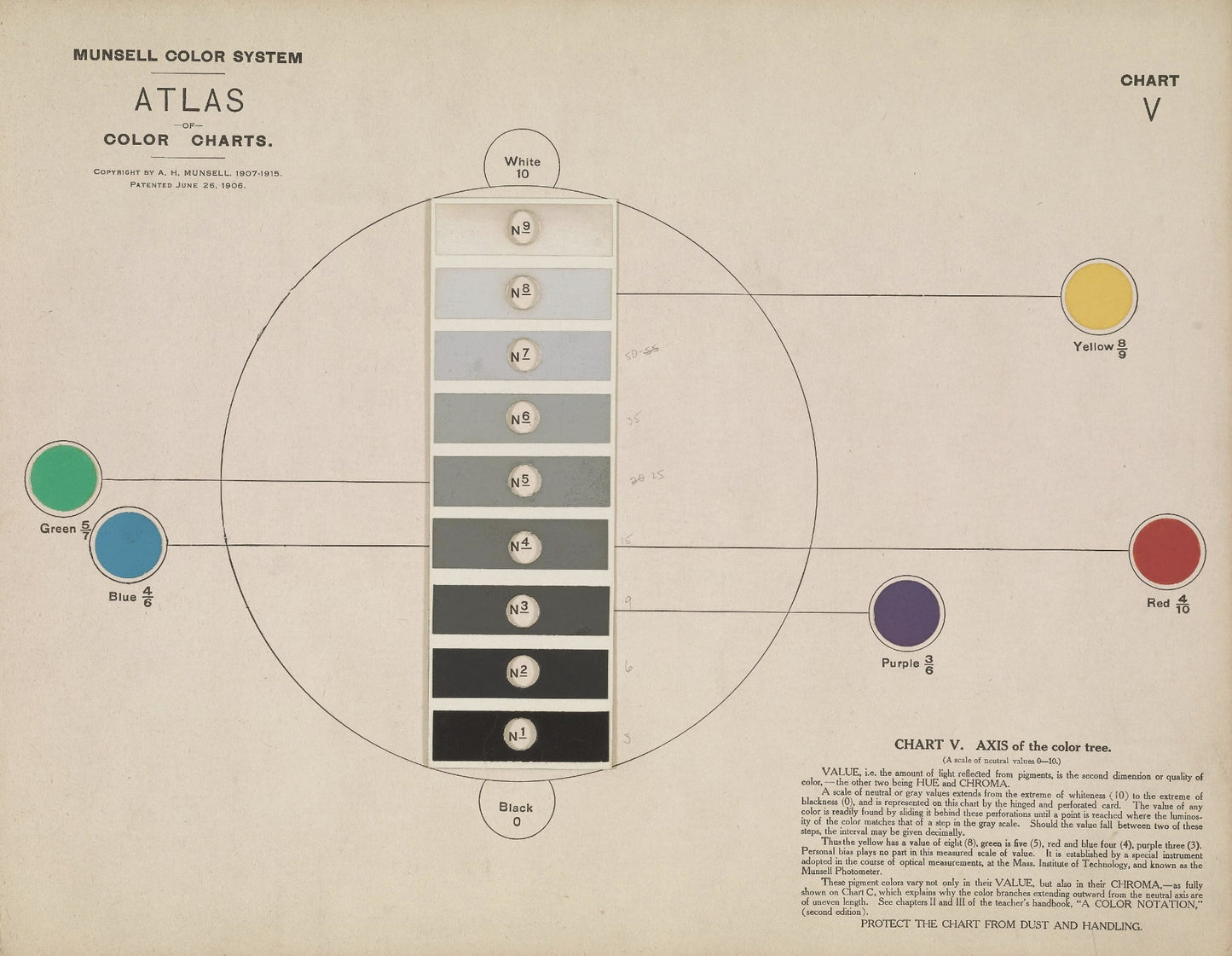
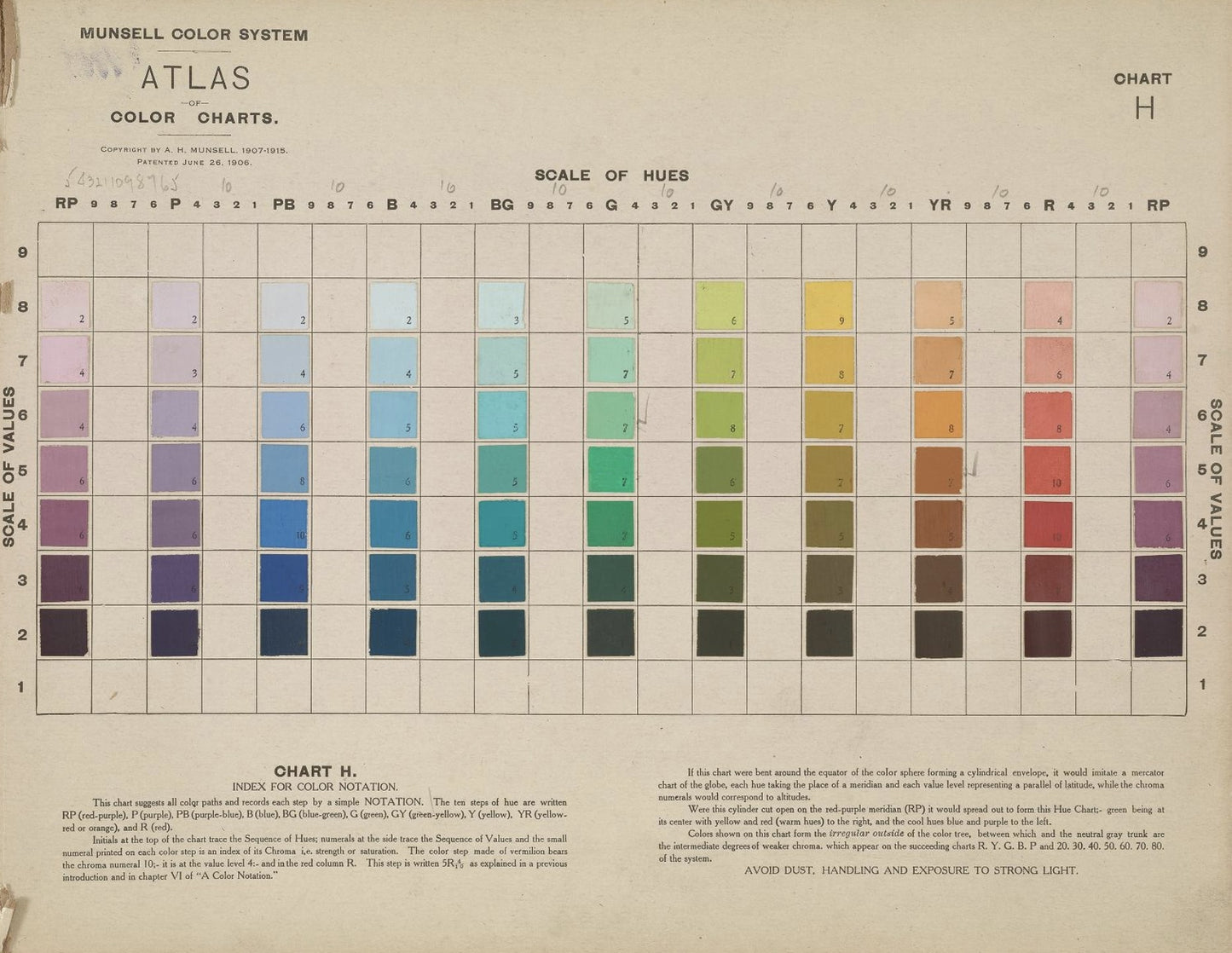
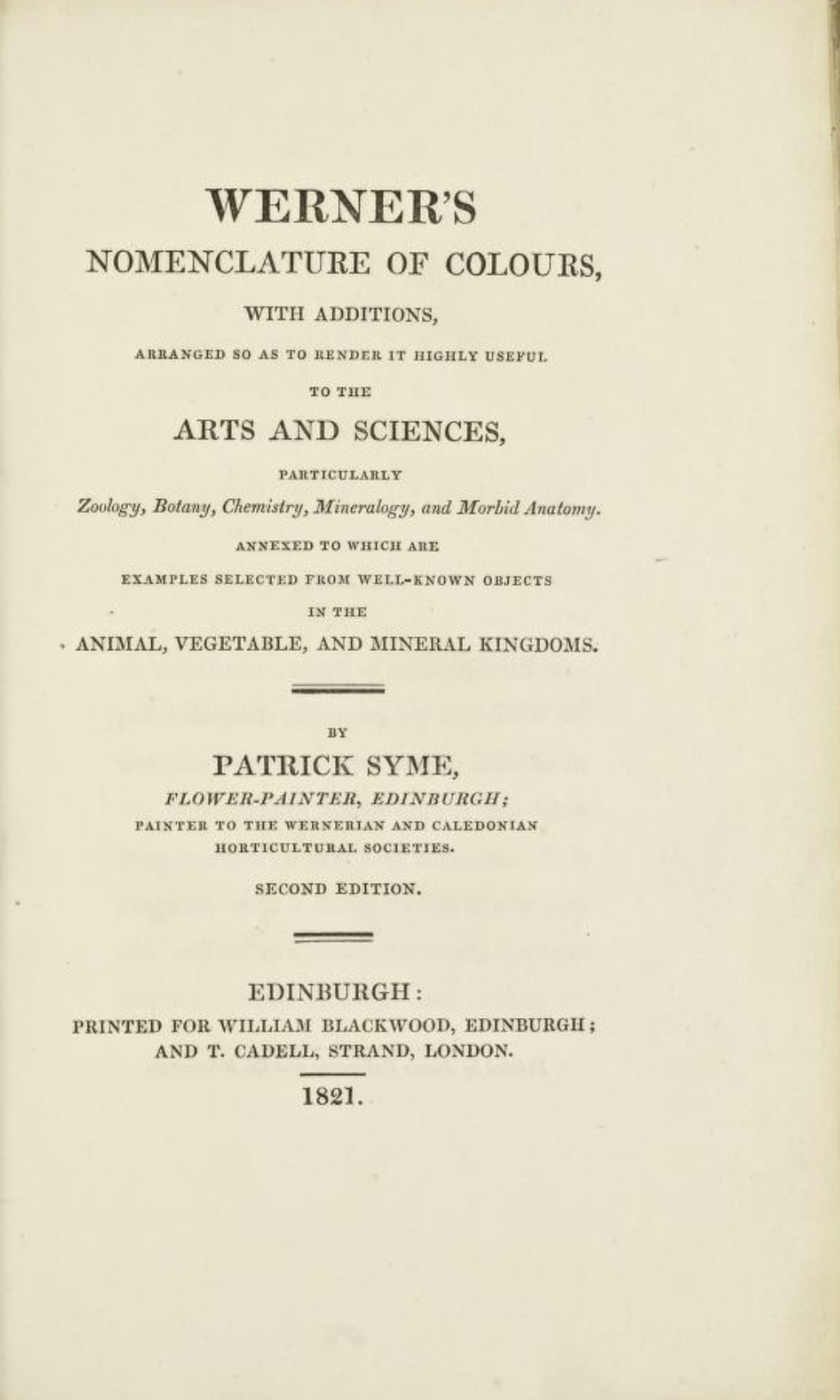
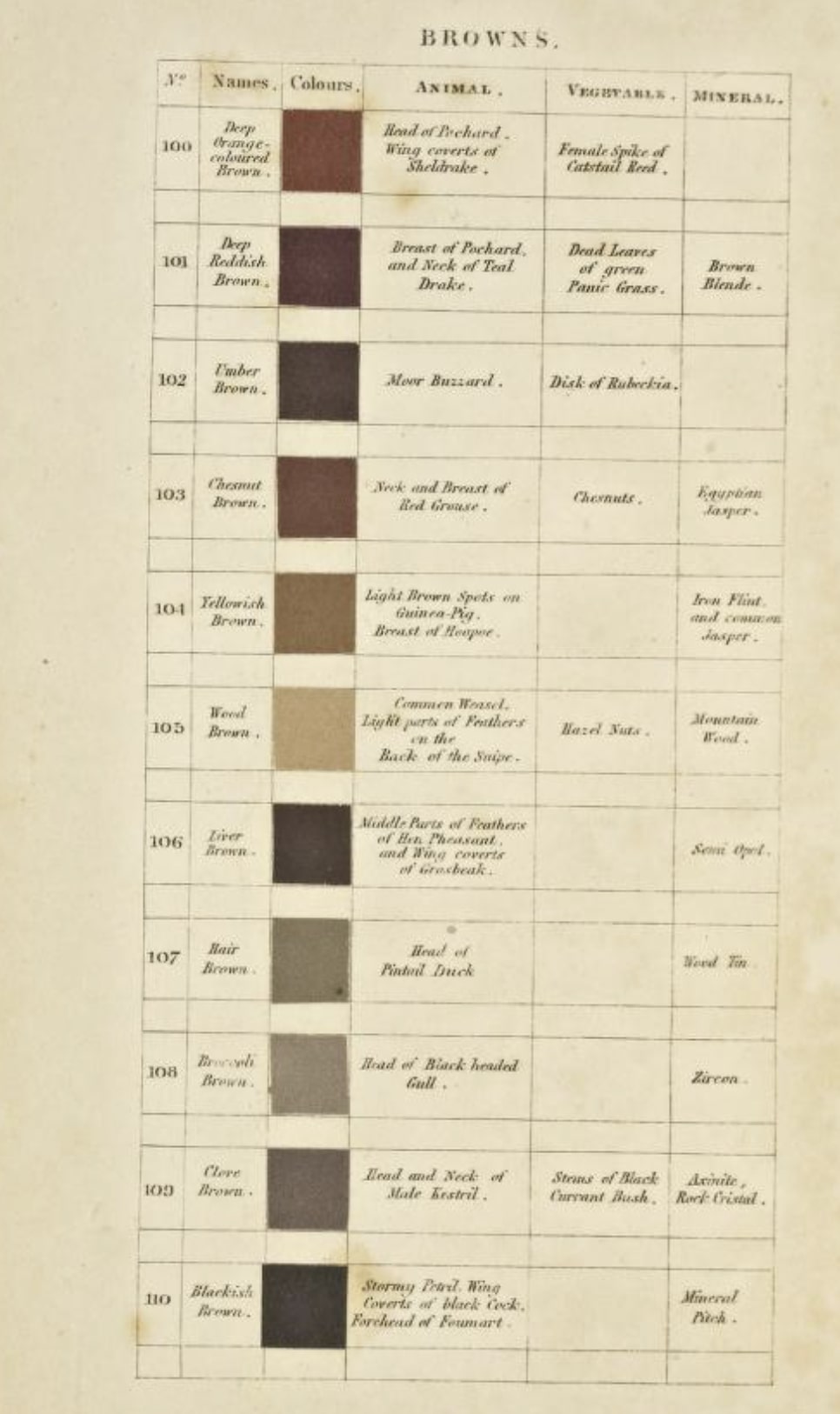
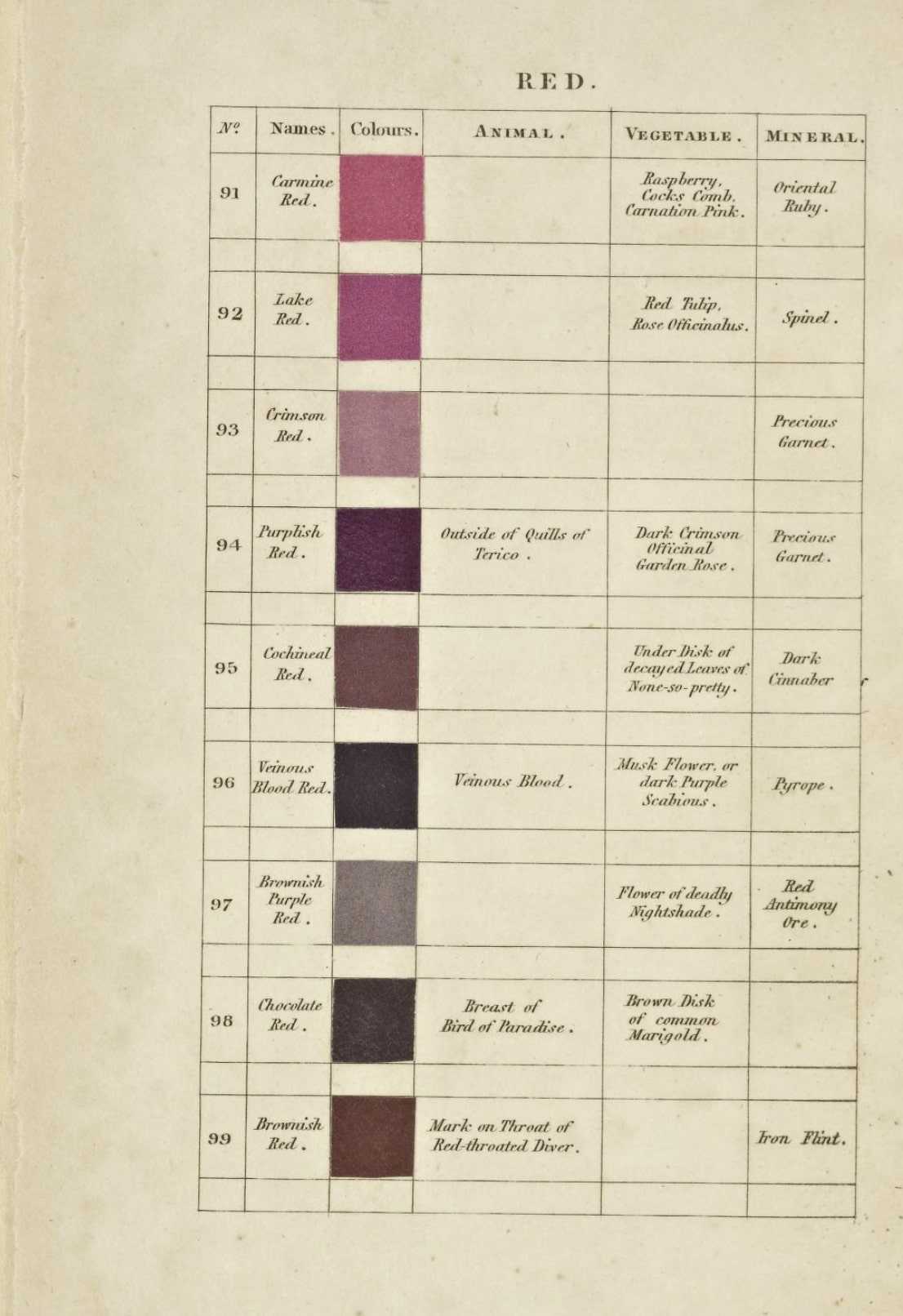
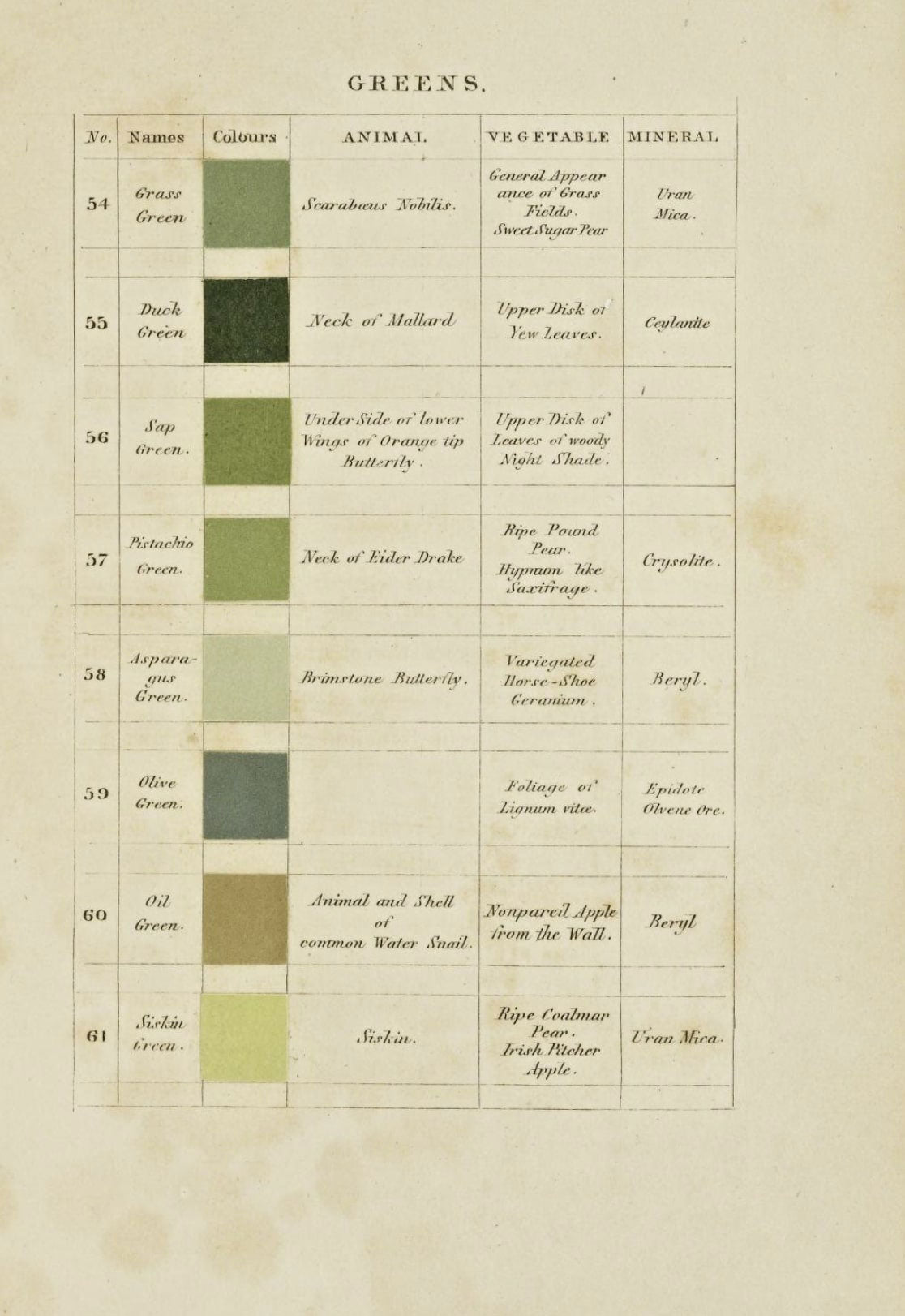
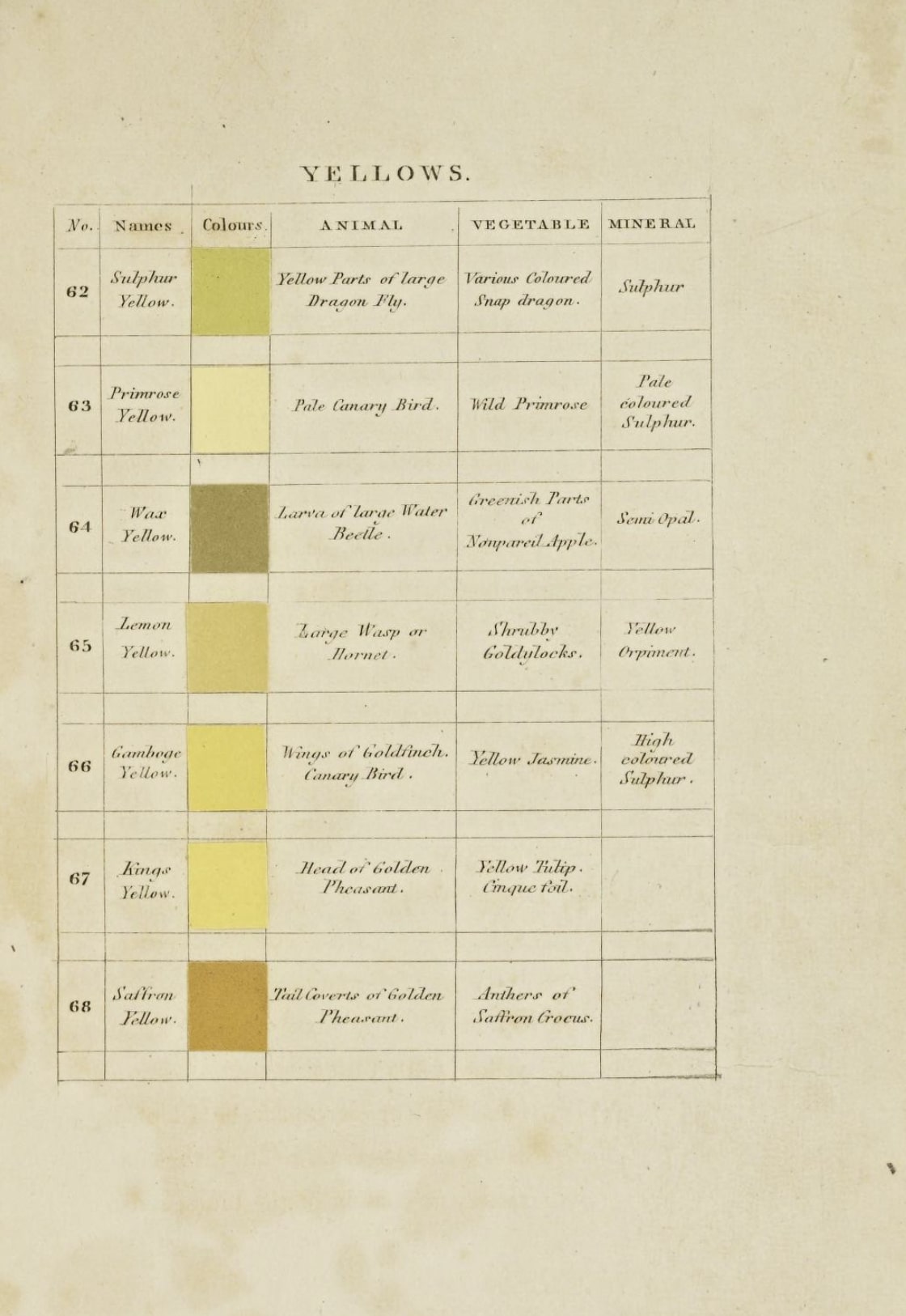
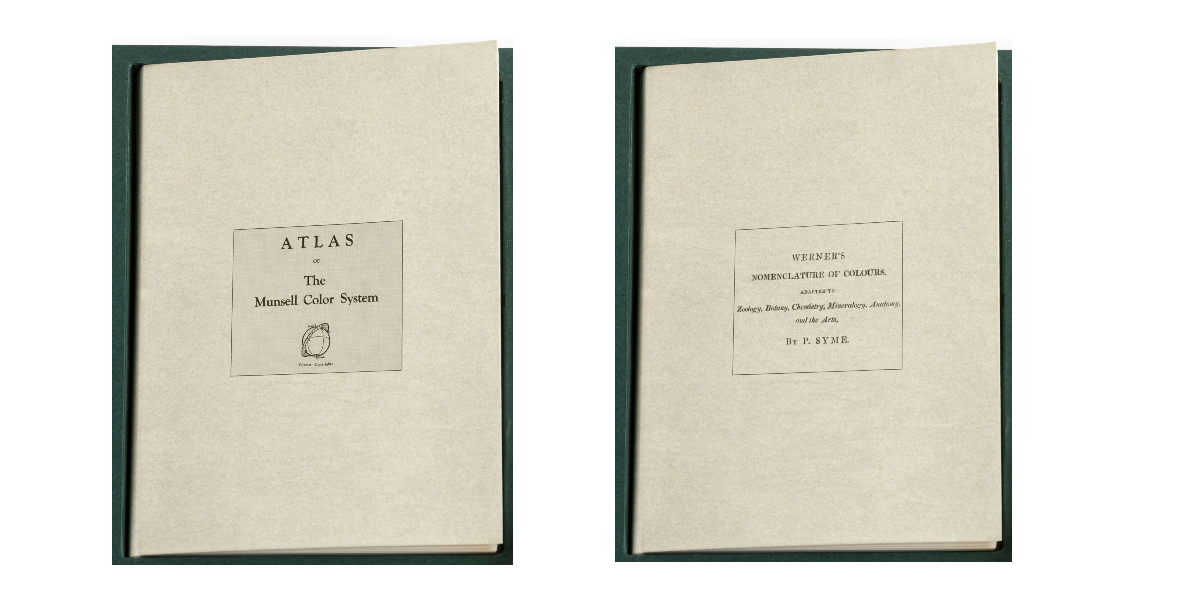
COLLECTOR´S EDITION*MASTERS OF COLOR*
Limited Art Edition of 999 copies, numbered and signed:
*Two facsimile books in English that reproduce the originals:
1.-Werner’s Nomenclature of Colours” by Patrick Syme (1821)
2.-Atlas of the Munsell Color System (1915)
*Each facsimile is written in its original language: English.
*A book with texts in English by renowned artists from the art world, graphic designers, advertising creatives, color experts
**And beautiful art prints are included in the edition.
Hand-bound in natural parchment. All in an elegant slipcase that opens in the shape of a cross.
Now $159* / After $260
Free shipping. Receive it in a few days.
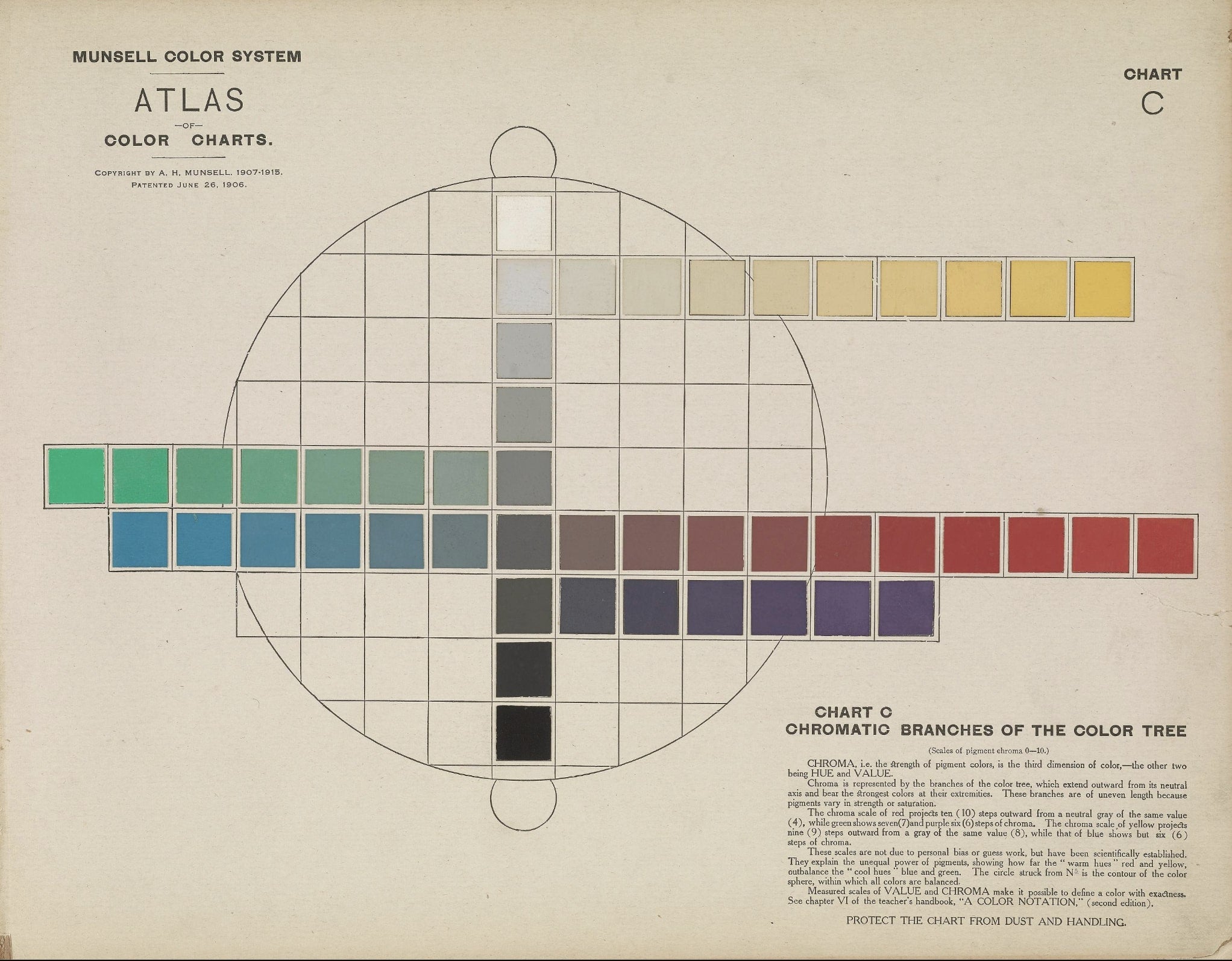
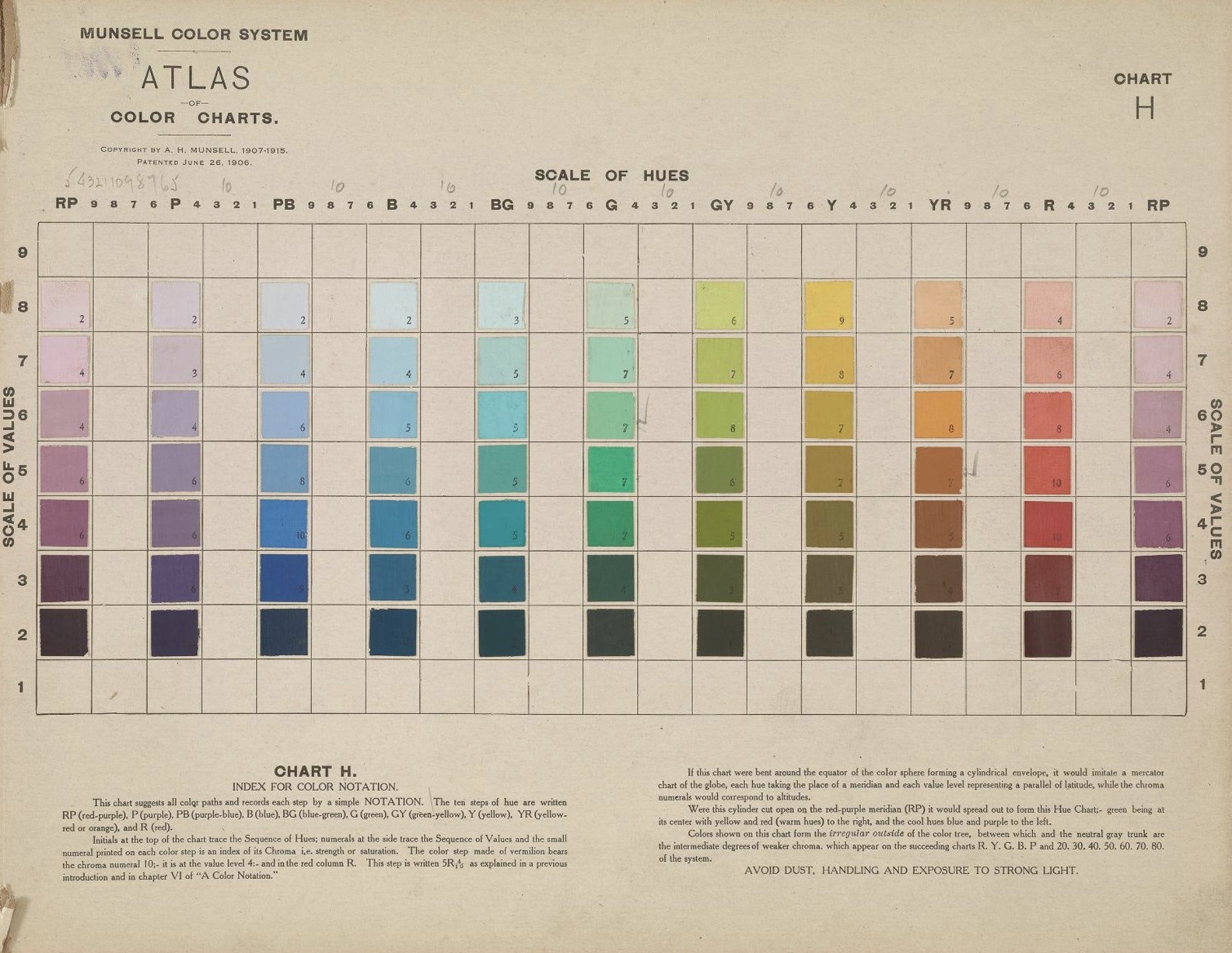
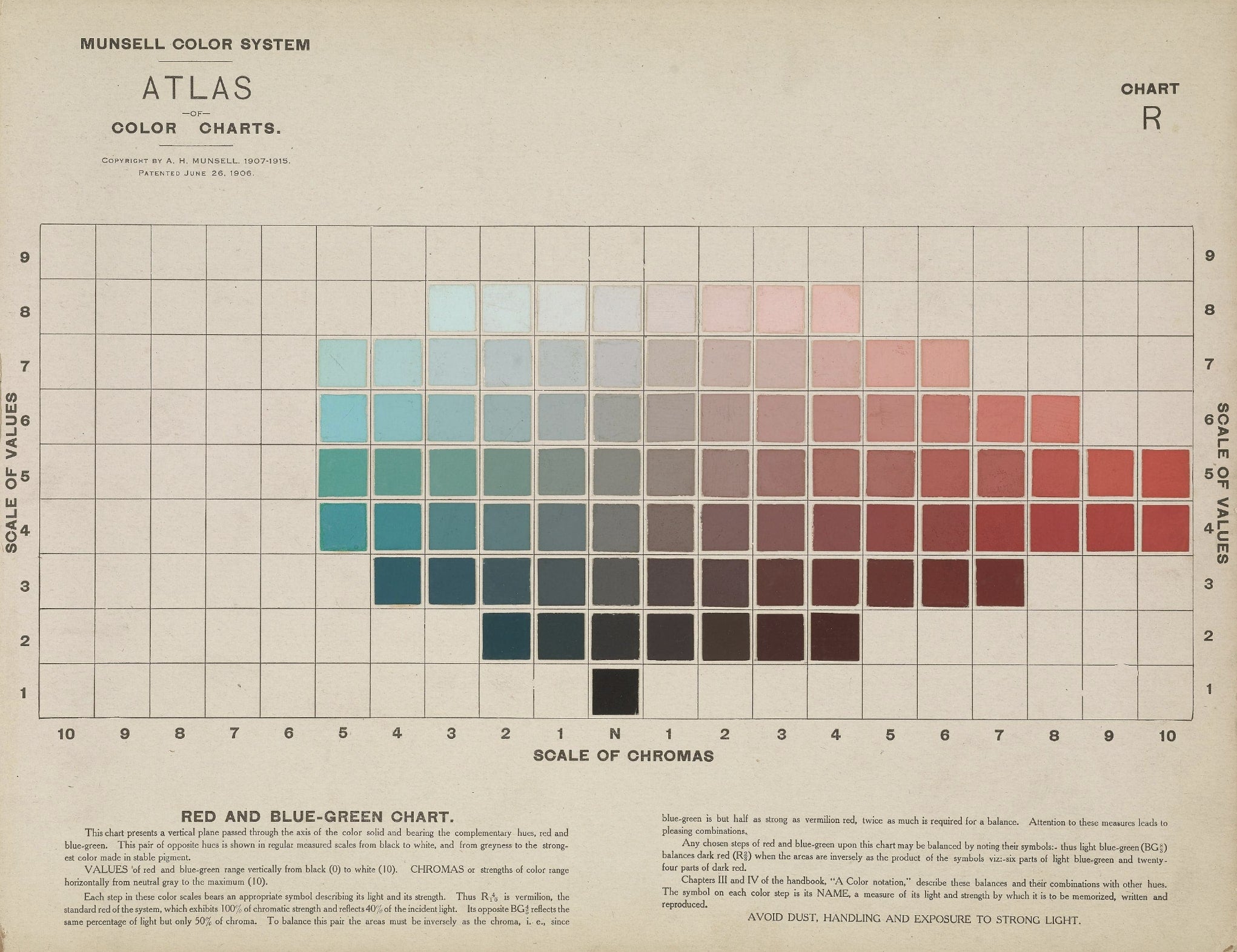
Atlas of the Munsell Color System (1915)
The “Atlas of the Munsell Color System” is a reference publication that provides a comprehensive visual representation of the Munsell color space. The Munsell color system, developed by Albert H. Munsell in the late 19th and early 20th centuries, is a color model that organizes colors based on three dimensions: hue, value (lightness), and chroma (color intensity).
The Munsell color system is widely used in various fields, including art, design, and sciences such as geology, where accurate color communication is important. The Munsell color notation uses a combination of numbers and letters to describe colors in a standardized and precise manner.
The “Atlas of the Munsell Color System” typically contains a series of color swatches organized in a three-dimensional color space according to the Munsell coordinates. It allows users to visually understand how colors change along the hue, value, and chroma axes. This atlas is a valuable tool for professionals who need to work with colors consistently and accurately.
The Munsell color system represents one of the fundamentals in the area of illumination, and likewise is an auxiliary resource in many other disciplines. To give an example of the usefulness and relevance of the system, thanks to the contributions of Albert Munsell, a century later, with the help of the Munsell Color Laboratories in Rochester, New York, two astronomers, Karl Glazebrook and Ivan Baldry of Hopkins University in Baltimore, discovered the color of the universe, a pinkish beige, after studying the light emitted by about 200,000 galaxies. At first, both researchers thought they had encountered a turquoise hue, but as Glazebrook later stated, “there are no errors in science, but there are errors in perception.
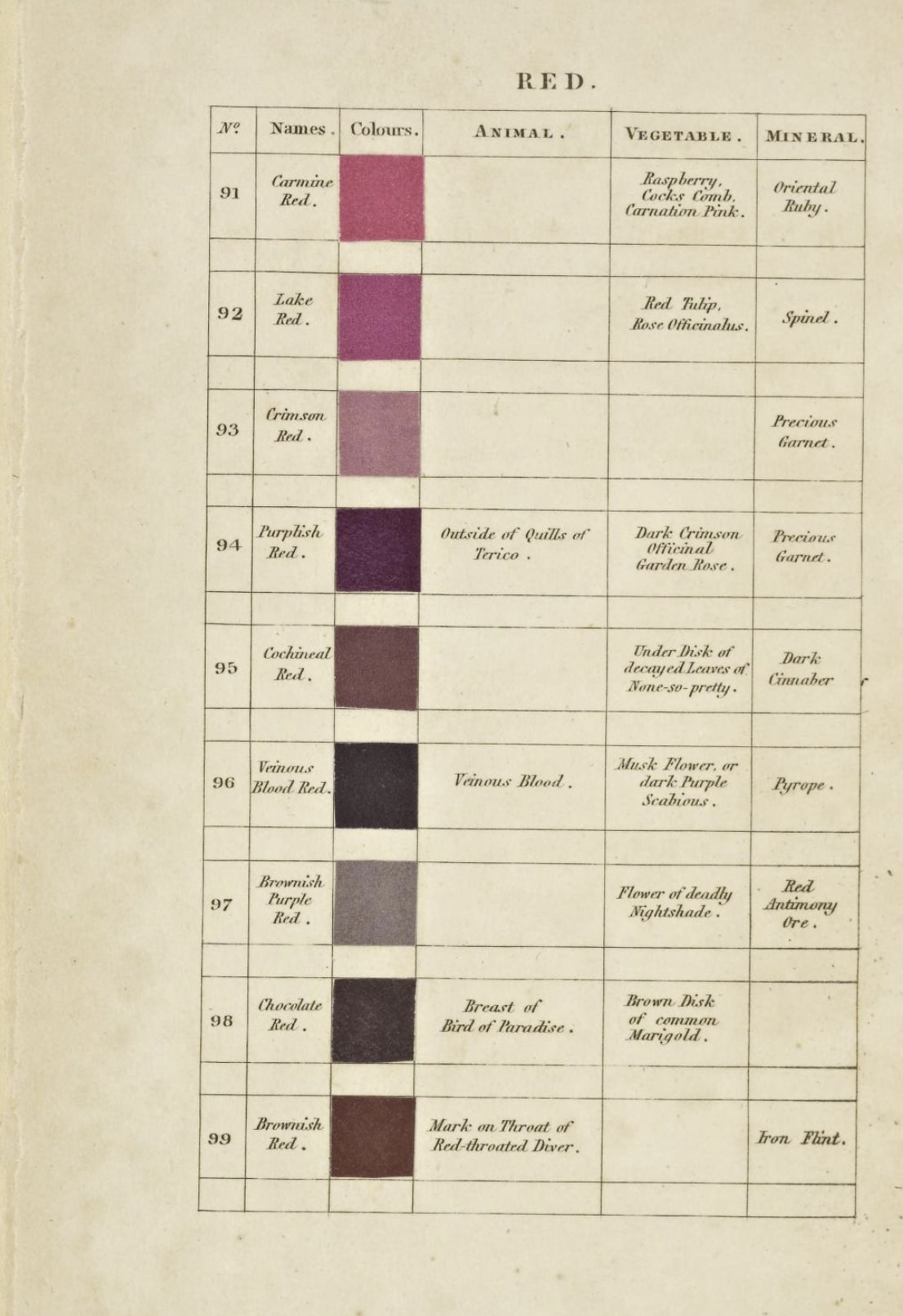
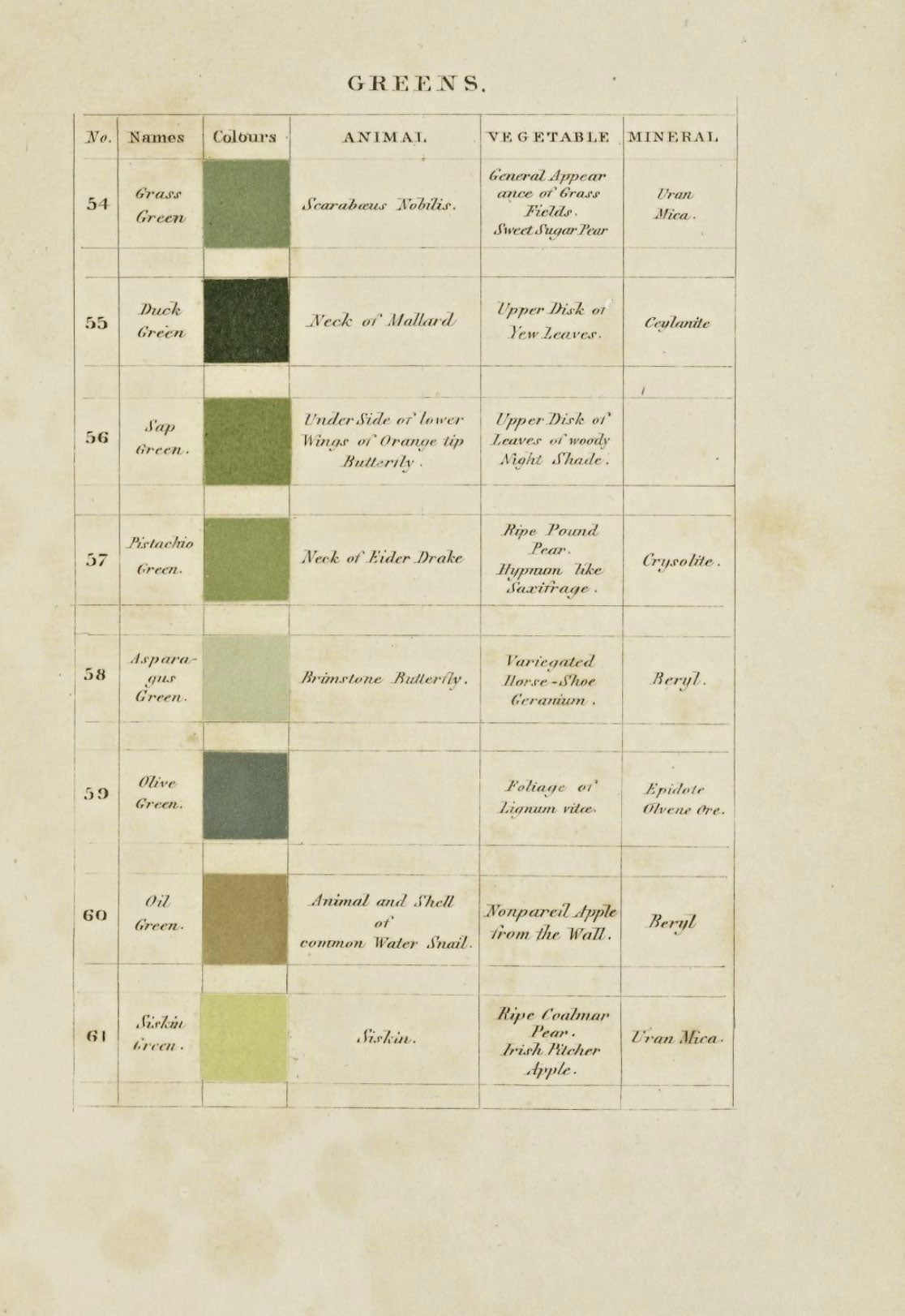
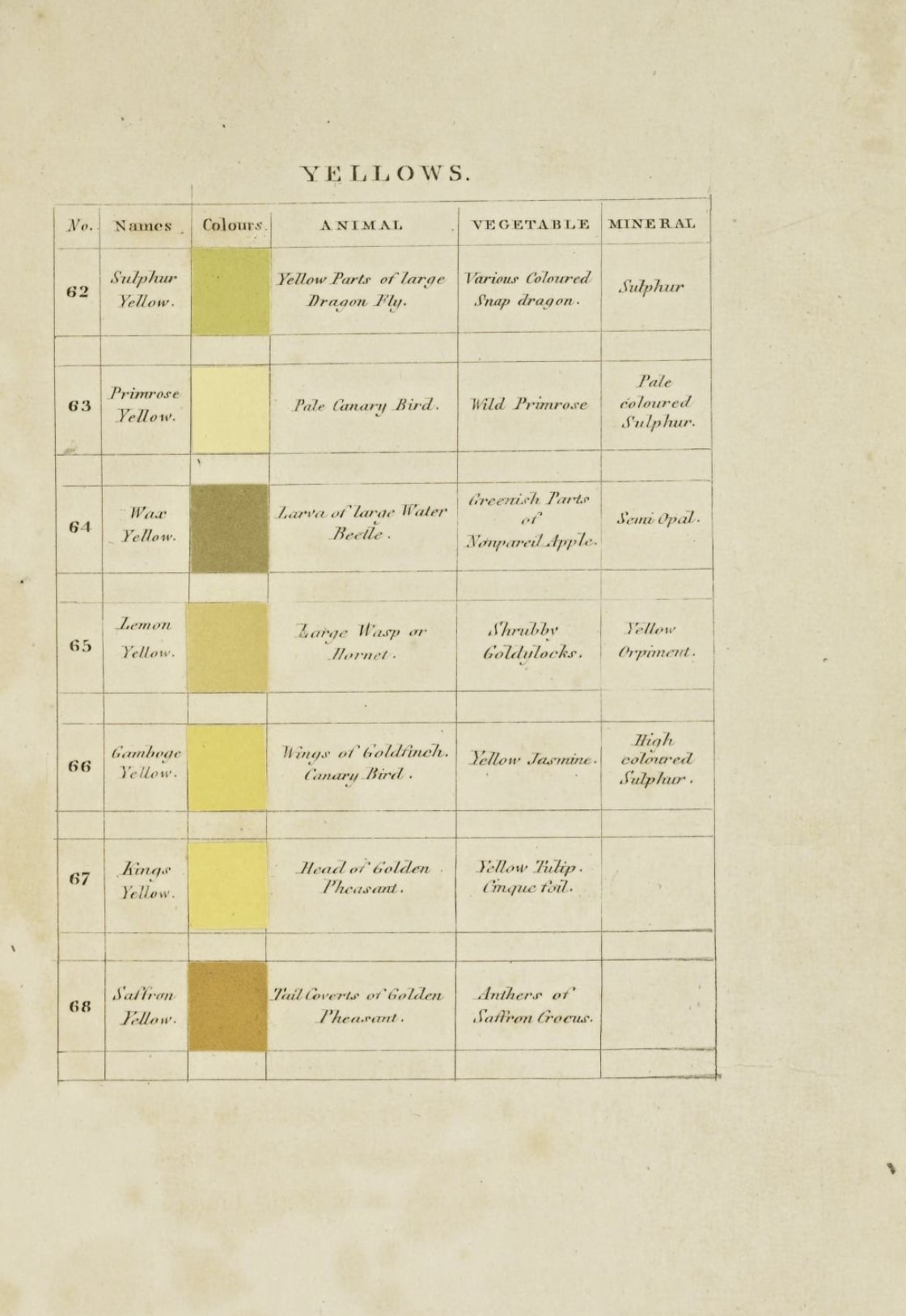
Werner's Nomenclature of Colours" by Patrick Syme (1821)
Werner’s Nomenclature of Colours” by Patrick Syme is a book that expanded upon and popularized the original work by the German geologist Abraham Gottlob Werner who, in his 1774 book Treatise on the External Characters of Fossils (translated into English in 1805), developed a nomenclature of colours so as to offer a standard with which to describe the visual characteristics of minerals. Clearly taken by the idea, some three decades later the Scottish painter of flowers Patrick Syme amended and extended Werner’s system. In addition to the mineral referent, for each of Werner’s colours Syme added an example from the animal and vegetable kingdom, as well as providing an actual patch of colour on the page to accompany the words. While Werner found a suite of 79 tints enough for his geological purpose, now opened up to other realms of nature, Syme added 31 extra colours to bring the total to 110.
Syme’s contribution to the book was significant because he provided accurate and detailed color illustrations that brought Werner’s color descriptions to life. The book was published in 1814 under the title “Werner’s Nomenclature of Colours, with Additions, Arranged So As to Render It Highly Useful to the Arts and Sciences, Particularly Zoology, Botany, Chemistry, Mineralogy, and Morbid Anatomy; Annexed to Which Are Examples Selected from Well-Known Objects in the Animal, Vegetable, and Mineral Kingdoms.”
This version of the book included color plates with swatches and descriptions that linked specific colors to objects from the natural world, making it easier for people to understand and use the color nomenclature in their work. It was particularly useful for artists, scientists, and naturalists who needed to describe and document colors accurately.
With Syme’s new reference categories there’s born a whole new world of relationships between disparate aspects of nature, encounters dictated solely by colour. For example, for “skimmed-milk white” we have the white of the human eyeballs (animal), the back of the petals of blue hepatica (vegetable), and common opal (mineral); wonderfully odd monochrome tableaux are conjured: upon a crop of calamine a bed of straw in which sits a polar bear; or the style of an Orange Lily encrusted with Brazilian topaz and the eyes of the largest flesh fly.
Syme’s confidence in obscure references to the natural world came from an obsession with taxonomies at the time, a line developed from Carl Linnaeus to Charles Darwin (who made use of Werner’s Nomenclature on the Beagle). Such people often relied on a network of collectors and explorers, those obsessed with ordering and categorizing, pinning down butterflies and stuffing birds. In an age of mass digital reproduction, the pinning down of colour is perhaps as difficult as ever. It might be easier to turn to Pantone though, rather than Abraham Gottlob Werner.
The guidebook was particularly influential during the 19th century and had an impact on various disciplines, including art, botany, zoology, and geology. It provided a way for individuals to describe colors with precision, making it easier to share information and knowledge about the natural world.
This spectacular book ensured that Werner’s Nomenclature of Colours became widely recognized and used in various scientific and artistic fields. The book played an important role in standardizing color descriptions and promoting consistent communication about colors across different disciplines.
This color scheme was used by naturalists in the 19th century. It was used by Charles Darwin in his scientific observations made during the voyage of the Beagle.Darwin used a copy of this book to identify and record the colors of specimens clearly and permanently, as over time the colors of fish or bird eyes would fade or be lost due to preservatives. Some examples of this are in his 1835 Beagle Journals as “primrose yellow”, a color given by Syme on pages 38 and 64.
What's Included
*TWO BOOKS
Two Facsimile editions reproducing the originals:
- Munsell’s Atlas of Color
- Werner’s Nomenclature of Colours” by Patrick Syme (1821)
Each book hand bound in natural parchment.
Each facsimile is written in its original language: English.
*BOOKLET
And a book about the two works with texts in English by renowned artists from the art world, graphic designers, advertising creatives, color experts…
*CASE
An elegant slipcase that opens in the shape of a cross.

CONTACT US FOR ANY QUESTIONS YOU MAY HAVE
Others also love...
-
300 YEARS BEFORE COLOR, Gold Butterfly Edition.
Regular price $170.00Regular priceUnit price / per -
300 YEARS BEFORE COLOR, Velvet Royal Blue Edition.
Regular price $280.00Regular priceUnit price / per -
300 YEARS BEFORE COLOR Rothko Tribute Edition
Regular price $280.00Regular priceUnit price / per -
300 YEARS BEFORE COLOR Black & Gold Edition
Regular price $350.00Regular priceUnit price / per -
300 YEARS BEFORE COLOR Brown & Ivory edition
Regular price $350.00Regular priceUnit price / per -
Codex Madrid I and II (Leather Edition)
Regular price $480.00Regular priceUnit price / per -
Codex Gigas XXL
Regular price $1,200.00Regular priceUnit price / per -
Codex Trivulzianus
Regular price $250.00Regular priceUnit price / per
